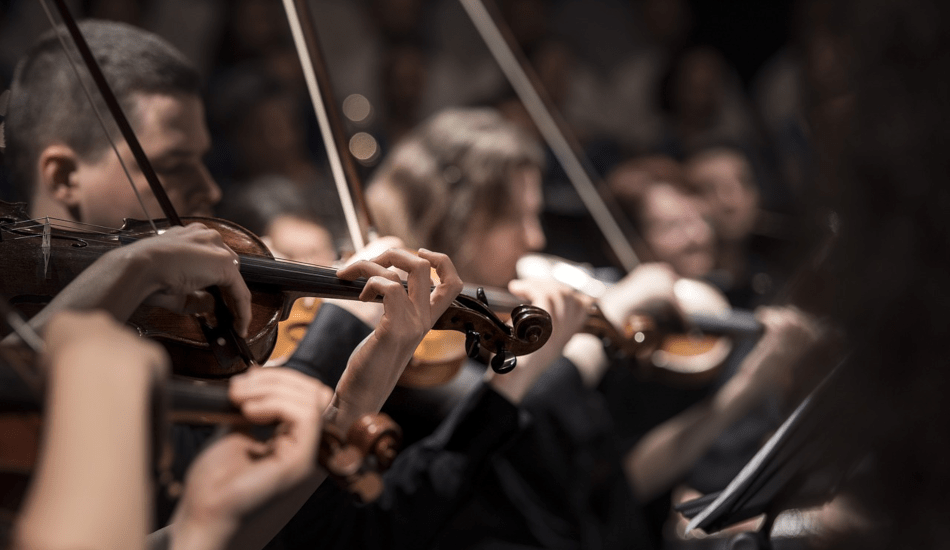Over the past decade, there has been a hue and cry that classical music is somehow dying. The rise of pop and other genres of music seems to have made such a great impact on people’s minds that they are said to be less interested in classical music. However, this is not entirely true.
In decline or not?
According to a report, there are about 1,214 orchestras in the United States. Only a dozen or so have the ability to pay US$50,000 or more per year to their musicians. Fewer than 1,000 full-time professional music positions exist in the U.S. This is all due to the fact that the revenues and profits of orchestras have been declining. Why is that? Aubrey Bergauer, the Executive Director of the Center for Innovative Leadership at the San Francisco Conservatory of Music, seems to have an answer.
Bergauer is often called the “Steve Jobs of classical music.” She is well known for her ability to take a loss-making orchestra and restructure it in such a way that it becomes a profitable enterprise. “The music itself is not the problem, in fact, it’s what we do best — it’s our core product. Yet so many organizations think that if we change the product, it will help the bottom line, but it won’t… The problem with classical music is everything except the music; in technology parlance, we might say that our “UX,” our customer user experience, generally sucks,” she said to The Observer.
Charlie Albright is a classical pianist who won the 2010 Gilmore Young Artist Award. He feels that the environment of an orchestra is not conducive enough to attract people to sit through a performance. For instance, clapping between movements is forbidden. An audience member cannot even cough lest he attract disdainful glares.

The environment of an orchestra may not be conducive enough to attract people to sit through a performance. (Image: via Pixabay)
A person is basically expected to sit inactive for a long time in front of an orchestra. That may have worked in the past. But for the modern generation, this essentially is stifling. Albright believes that classical music needs to focus on more engagement with its audience so that people can let their emotions blend in with the music.
Non-orchestral classical music demand
The idea that classical music is dying is largely dependent on orchestral attendance. This does not present a full picture of the subject. A study done last year found that 35 percent of adults listened to classical music, which turns out to be the fourth most popular genre.
Surprisingly, it has far more fans than hip-hop and R&B, which goes against the notion that classical music is being taken over by modern music forms. People from various countries used classical music for different purposes.
“Listeners in Mexico were most likely to listen to classical music to help them get to sleep. They were also the most likely to choose classical music when they wanted to concentrate. Conversely, listeners in Denmark and Sweden — who are more likely to use steaming services — liked to listen to classical music as a change from their usual music,” according to ABC. South Koreans turned out to be more intent listeners of this music genre, often sitting down to listen to it.

A study found that people choose to listen to classical music for a variety of different reasons. (Image: via Pexels)
Radio was found to be the most popular source of classical music, with CDs coming in second place. Video streaming sites like YouTube were the third most popular source. If the industry were to change its orchestral setup and focus on developing an online streaming ecosystem, the genre should see a surge in popularity.
Follow us on Twitter, Facebook, or Pinterest

